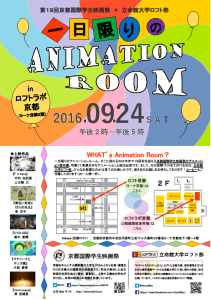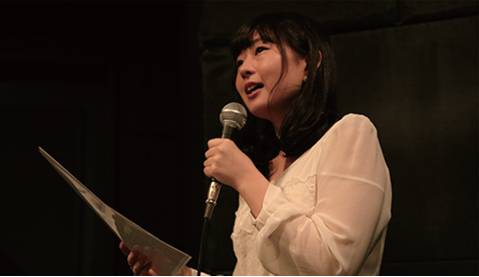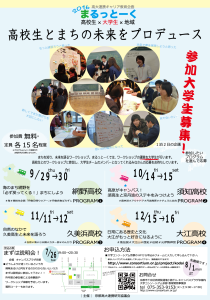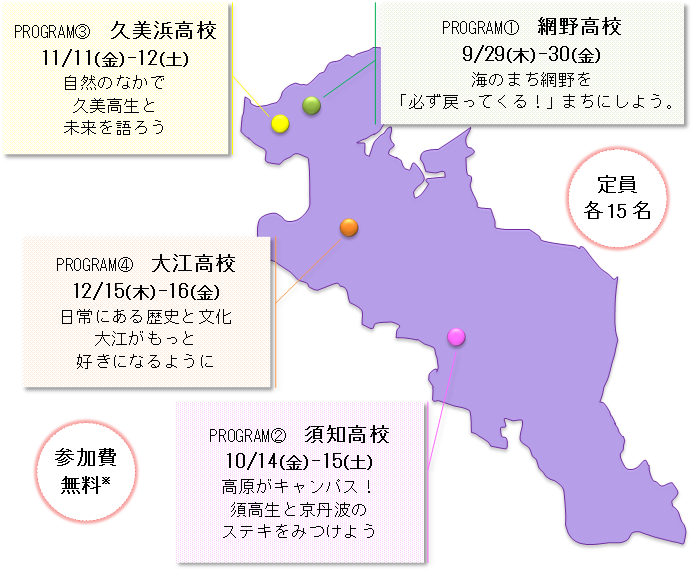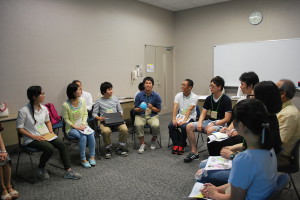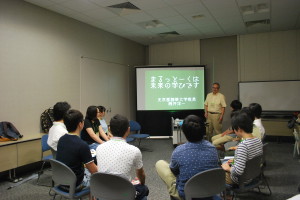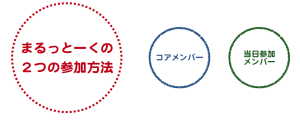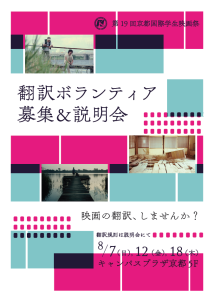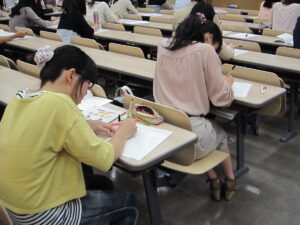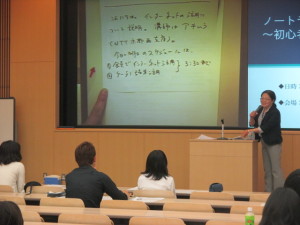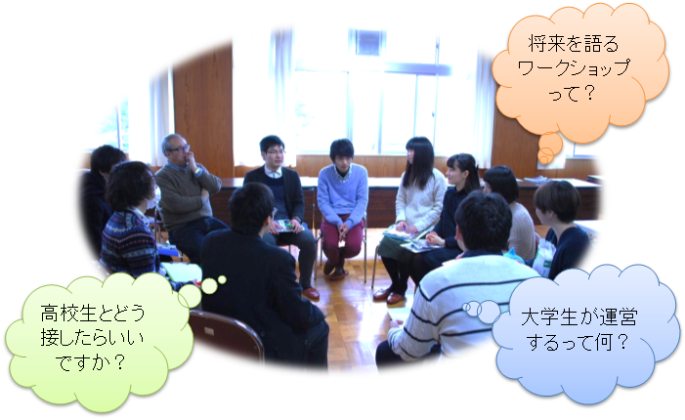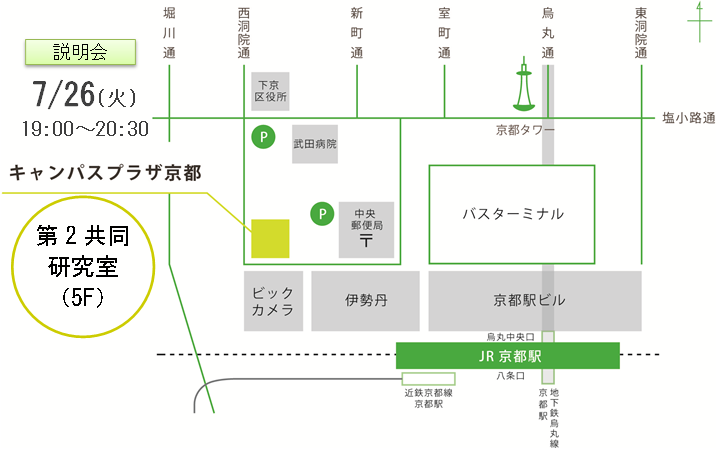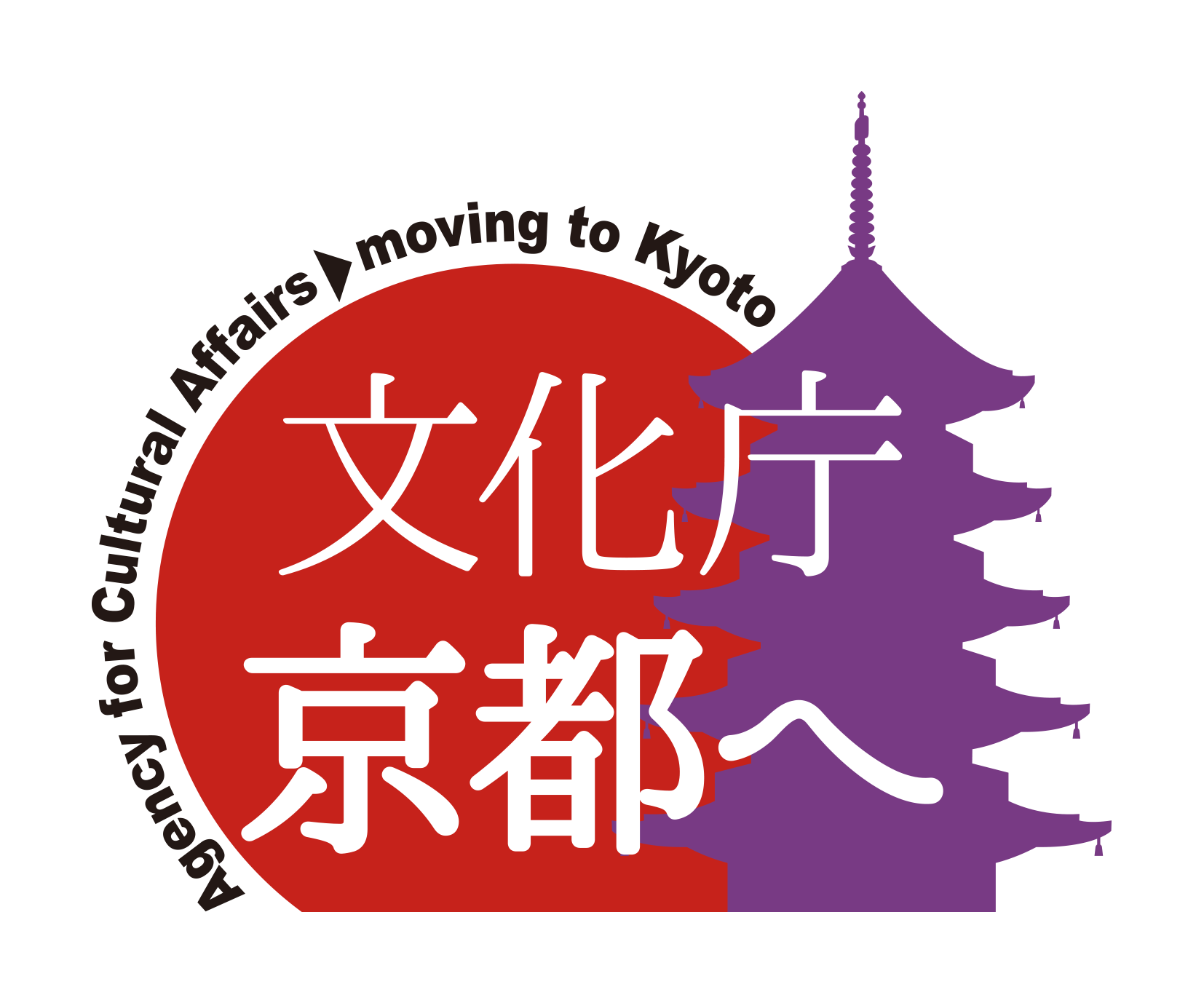The 14th Kyoto Student Festival ~Kyoto Intercollegiate Festa 2016
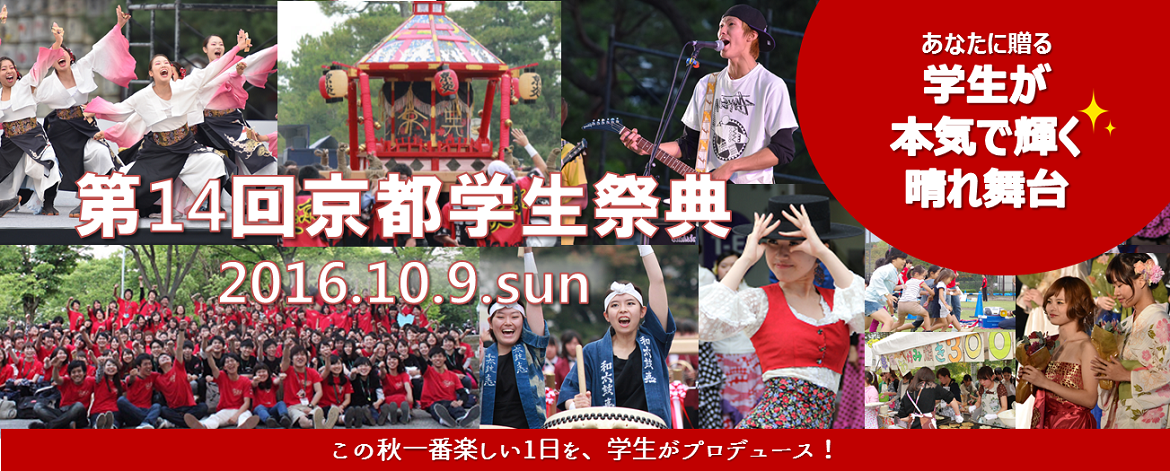
This year marks the 14th anniversary of the Kyoto Student Festival. Based on the concept of “a sunny stage for students to shine in earnest,” Mr./Ms. has a lot of events themed on music, fashion, and art, including the powerful annual odori performance “Kyo Flame! Please enjoy events that can be enjoyed not only by students but also by people of all ages, such as fairs to enjoy food and exchange projects between children and students. Please participate in the “Kyoto Student Festival”, a student-produced festival that can only be realized as a “university town and student city Kyoto”. We look forward to seeing you there.
* Please see the “Official Pamphlet” on this page for the program of the day.
Outline of the event
|
Date |
Sunday, October 9, 2016, 11:00-19:00 |
|
Venue |
Heian Jingumae Okazaki Promenade (Sakyo-ku, Kyoto) |
|
Organizer |
|
|
Co-organizers |
Kyoto Student Festival Organizing Committee (Kyoto Prefecture / Kyoto City / Kyoto Chamber of Commerce and Industry / Kyoto Association of Corporate Executives / University Consortium Kyoto) |
|
Special Cooperation |
Heian Shrine |
Project Details
Special website for this festival
Recruitment of individual supporters
Kyoto Student Festival Project Overview
Students from Kyoto, who transcend the boundaries of universities, form an executive committee and engage in daily activities with the aim of disseminating “Kyoto as a student city” to society, further revitalizing the Kyoto area, and creating new attractions in collaboration with the business community, the government, the local community, and the university.
After a variety of community exchange activities throughout the year, such as the promotion of the original creative odori “Kyoen Sodefure!” and water sprinkling activities, a grand festival is held every October as the culmination of these activities.
The University Consortium Kyoto has set the goal of “student growth” in the daily activities of the Student Executive Committee, and is providing support aimed at “student independence” that allows students to think and act on their own, and supports the implementation of what has been accumulated in the course of activities since the establishment of the Executive Committee so that it can be maximized at the main festival in October.
Initiatives for the Fiscal Year
May 21, 2016 [Regional Revitalization Project Part 1]
July 9, 2016 [Regional Revitalization Project Part 2]
2016 Tohoku Project
Click here for the 13th Kyoto Student Festival
Kyo Flame Sodetouch! Guinness World Record ™ (★ August 22, 2015)
 Click here for the document movie
Click here for the document movie![]()
Activities
If you would like to know more about the Kyoto Student Festival, check out this site!
Contact us
Kyoto Student Festival Executive Committee
〒600-8216 Shimogyo-ku, Kyoto-shi, Nishitoin-dori, Shiokoji, Shimoru Campus Plaza Kyoto (closed on Mondays)
Tel:075-353-9432 Fax:075-353-9431
E-mail: saiten14th-ml■consortium.or.jp (Please replace ■ with @)
Kyoto Student Festival Official Website: http://www.kyoto-gakuseisaiten.com/
















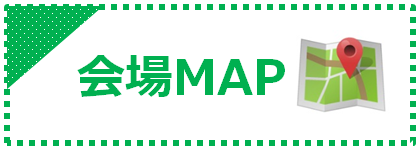
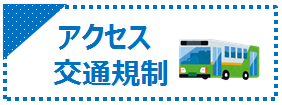








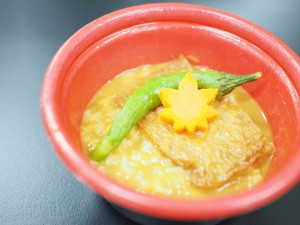
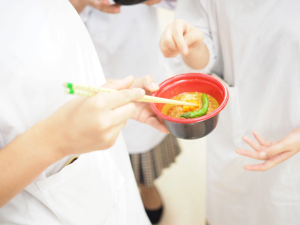
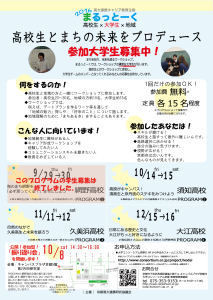

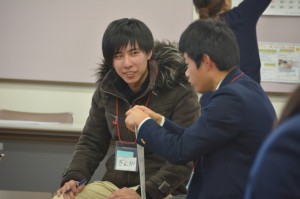

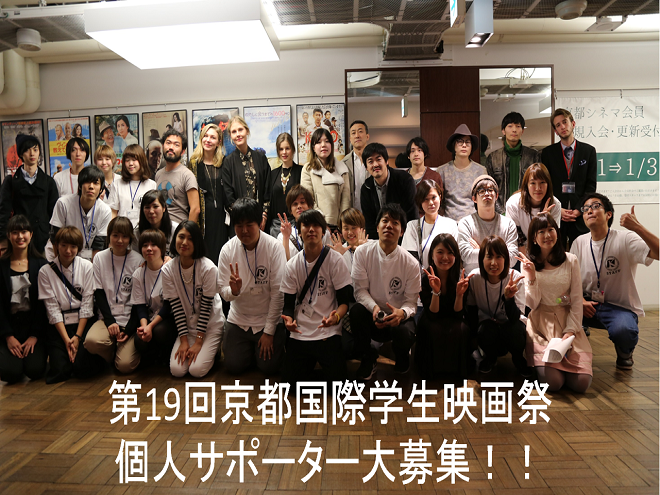
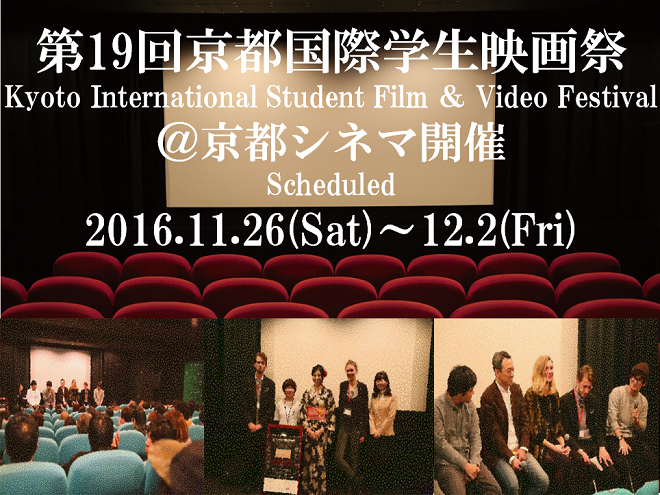
 blog
blog
